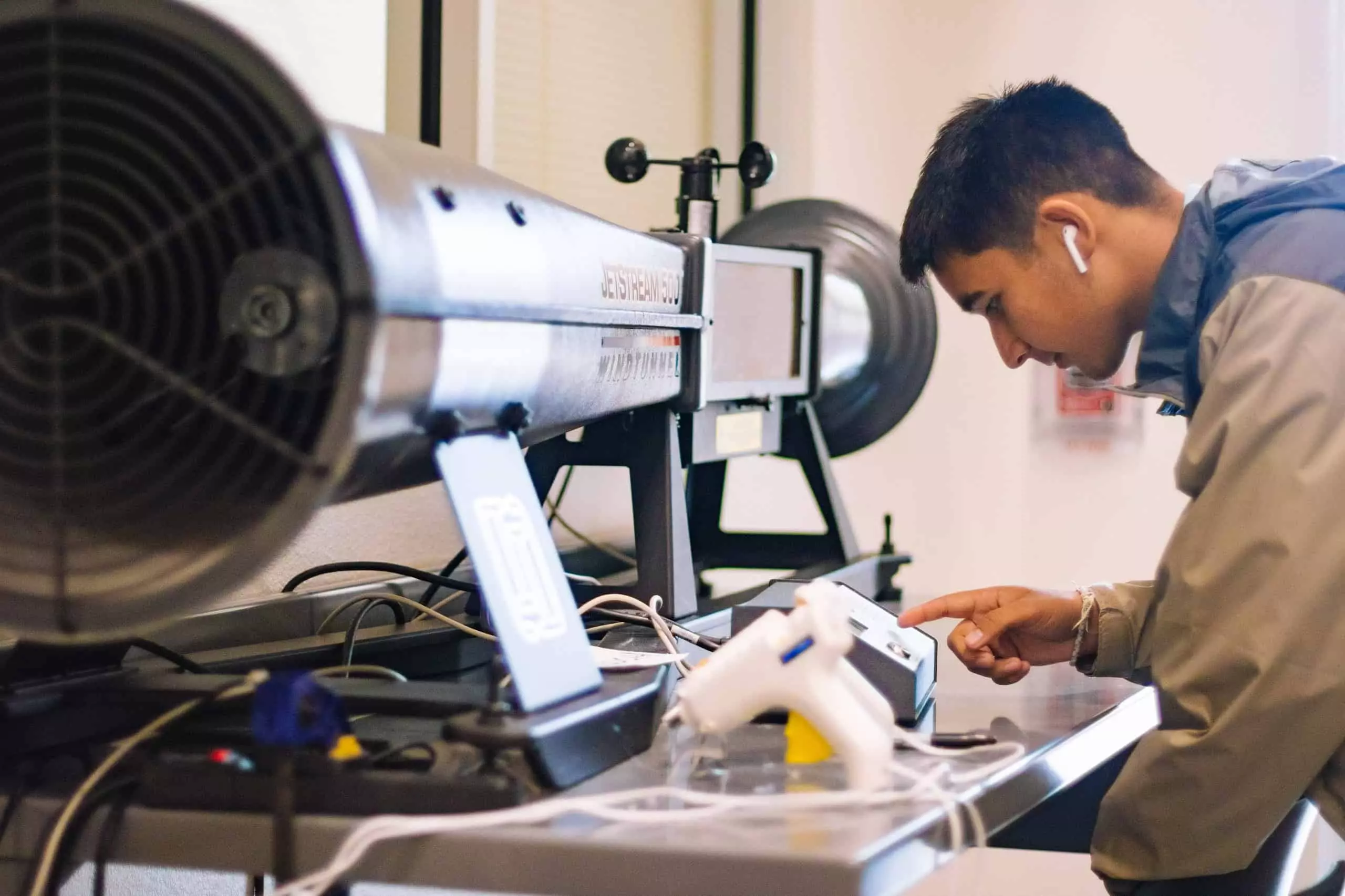In today’s rapidly changing world, where technological advancements have become the norm, it is imperative for students to have a strong foundation in science, technology, engineering, and mathematics, or STEM education in short. These subjects form the backbone of innovation, and education in STEM can provide students with the necessary skills and knowledge to succeed in the workforce and tackle the world’s most pressing challenges.
What is STEM Education?
It is a learning approach that integrates science, technology, engineering, and mathematics into one curriculum. It is designed to promote the development of critical thinking, problem-solving, and analytical skills in students.

STEM education is not just about teaching students the core concepts of these subjects but also how to apply them to real-world problems.
Why it’s Important?
STEM education is critical for a variety of reasons. Firstly, it prepares students for the workforce. With the rapid advancement of technology, many jobs that require STEM skills are in high demand. A report by the Bureau of Labor Statistics predicted that STEM jobs would grow by 8.8% between 2018 and 2028. Much faster than the average job growth rate of 5%. Additionally, STEM careers tend to be higher-paying than non-STEM jobs, with a median salary of $86,980 for STEM positions compared to $38,640 for non-STEM positions.

Secondly, It helps develop critical thinking and problem-solving skills. These skills are essential in both academic and professional settings. STEM education challenges students to think creatively, apply their knowledge to real-world problems, and work collaboratively to find solutions. These skills are transferable to other areas of life and are essential for success.
Thirdly, It helps prepare students for the future. The world is changing rapidly, and the skills required for success are constantly evolving. STEM education helps students develop skills that are relevant and essential in today’s world and will continue to be in high demand in the future.
How to Incorporate STEM Education into the Classroom:

Incorporating STEM education into the classroom can be challenging, but there are several strategies that teachers can use to make it more accessible and engaging for students.
- Hands-on Activities: STEM education is best learned through hands-on activities. Students should be encouraged to experiment, explore, and create. This approach helps them develop a deeper understanding of the subject matter and promotes critical thinking and problem-solving skills.
- Project-Based Learning: Project-based learning is an excellent way to incorporate science into the classroom. This approach encourages students to work collaboratively to solve a real-world problem. It also provides opportunities for students to apply their knowledge and skills to practical situations.
- Technology Integration: Technology is an essential component of STEM education. Teachers should incorporate technology into the classroom whenever possible, using tools such as computer simulations, robotics, and virtual reality. This approach helps students develop technological literacy and provides them with opportunities to explore and create.
- Community Partnerships: Community partnerships are an excellent way to incorporate this education into the classroom. Teachers can collaborate with local businesses, organizations, and professionals to provide students with opportunities to explore STEM careers and apply their knowledge to real-world problems.
Conclusion:
This education is essential for preparing students for the future. It provides students with the necessary skills and knowledge to succeed in the workforce and tackle the world’s most pressing challenges. It also helps develop critical thinking, problem-solving, and analytical skills. Which are essential for success in all areas of life. By incorporating hands-on activities, project-based learning, technology integration, and community partnerships, teachers can make STEM education more accessible and engaging for students.
See also: Importance of Educational Psychology in Enhancing Learning




